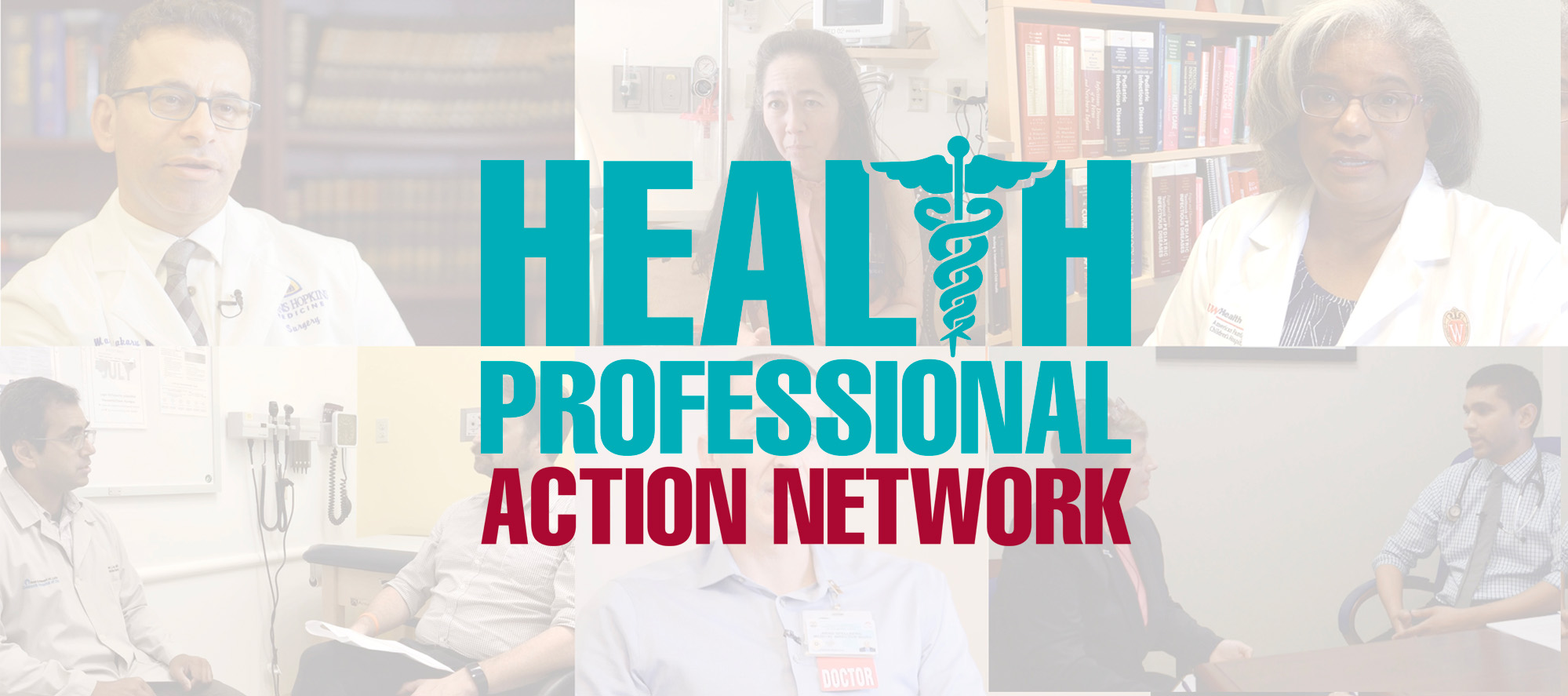
Recipe for Disaster
Food Recalls Proliferated While Food Safety Fix Awaits Action in the Senate
The recall of more than 500 million eggs from two Iowa egg farms is the largest but not the last of 85 recalls that have taken place in the year since food safety reform moved to the U.S. Senate. The U.S. House of Representatives passed the Food Safety Enhancement Act (H.R. 2749) on July 30, 2009. However, the Senate’s version of the bill – the FDA Food Safety Modernization Act (S. 510) – has languished while waiting for time on the Senate’s floor schedule.
Downloads
PennPIRG
The recall of more than 500 million eggs from two Iowa egg farms is the largest but not the last of 85 recalls that have taken place in the year since food safety reform moved to the U.S. Senate. The U.S. House of Representatives passed the Food Safety Enhancement Act (H.R. 2749) on July 30, 2009. However, the Senate’s version of the bill – the FDA Food Safety Modernization Act (S. 510) – has languished while waiting for time on the Senate’s floor schedule.
To assess one cost of that delay, Consumer Federation of America, the Center for Science in the Public Interest, and U.S. Public Interest Research Group studied recalls of foods regulated by the Food and Drug Administration (FDA) from August 1, 2009, to the present. That study found that a wide variety of foods were recalled in the 13-month period due to contamination by Salmonella, Listeria monocytogenes, and other bacteria. In several cases, the recalls involved products that found their way into other foods, expanding into a “rolling recall” with successive announcements as more contaminated products were identified by FDA. The recalls involved tons of foods, including many name-brand products from more than 150 companies.
While most of the recalls were not connected to outbreaks, illnesses were associated with nine recalls that together were associated with 1,850 reported illnesses. Such confirmed illnesses are rare, as they require a consumer to seek medical care, and for the severity of the illness to lead to laboratory testing. Thus, the absence of confirmed illnesses does not definitively mean that illnesses didn’t occur. But it is a good sign that most recalls were initiated before an outbreak was identified.
The majority of the recalls identified by the study involved potentially deadly pathogens. The most common was Salmonella, which caused 42 percent of the recalls. Approximately 400 people die from Salmonella infections each year, and for some survivors salmonellosis can lead to long-term health impacts such as Reiter’s syndrome and reactive arthritis. The second-most common pathogen cited in recall notices was Listeria monocytogenes. While Listeria may present as flu-like symptoms in adults, it causes about 500 deaths each year among children, the elderly and immune compromised persons. It is a particularly serious threat to pregnant women because infections can lead to miscarriage or stillbirth, premature delivery, or infection of the newborn.
Legislation designed to update food safety laws administered by FDA was introduced at the beginning of the 111th Congress. While the House and Senate bills differ, both would give FDA the tools to prevent future outbreaks and recalls. The bills require food companies to build safety into their processing procedures and provide FDA with the authority to set safety standards and order recalls when those standards are not met. Under both bills, FDA would be required to increase the number of inspections it performs, improving the chances that problems will be caught before they result in major recalls.
Topics
Find Out More


The food we waste could end hunger

Superbugs in Stock

